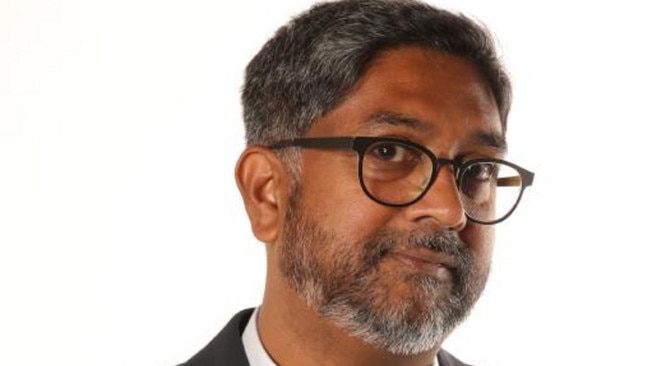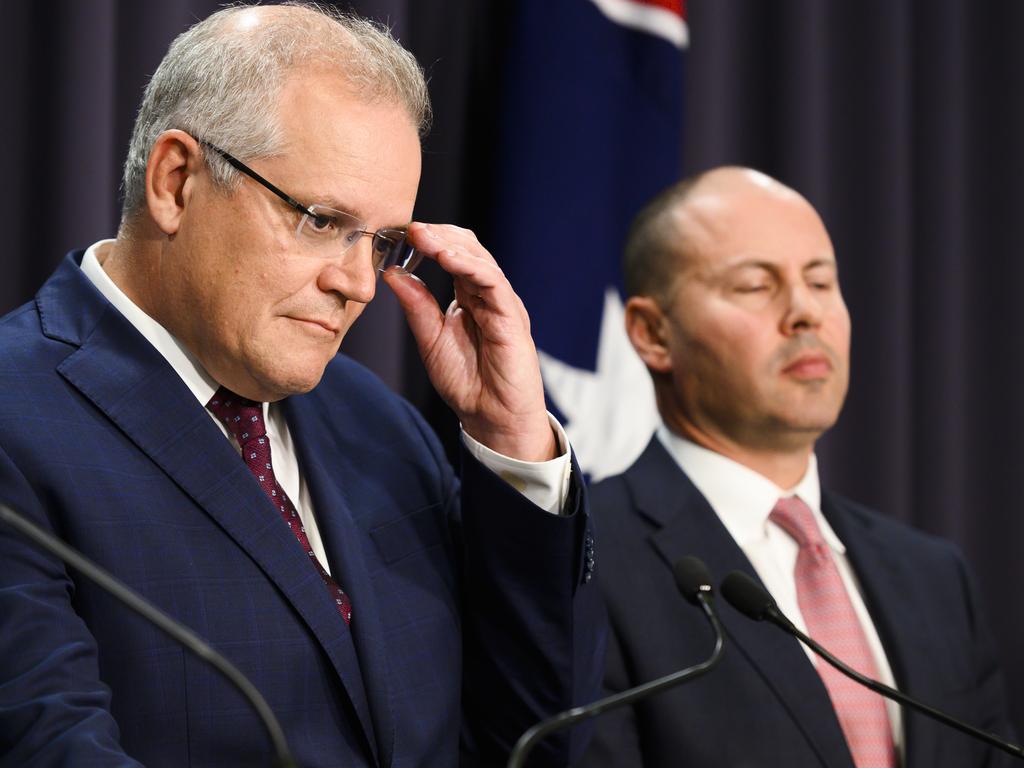Disasters hit Queensland budget bottom line
Uncertainty over the resilience of Queensland’s economy looks set to continue as a political headache for the Palaszczuk government.

Uncertainty over the resilience of Queensland’s economy looks set to continue as a major political headache for the Palaszczuk government ahead of this year’s election, with another business report saying the state is suffering a “confidence deficit”.
The Deloitte Access Economics report found that while job growth strengthened over the first four months of the 2019-20 financial year, economic growth in Queensland was running at 2.5 per cent, below the 3 per cent originally forecast in last year’s budget.
Its latest business outlook report highlights that drought and natural disasters are likely to have a long-term impact on the Queensland budget bottom line.
The firm’s lead partner, Pradeep Philip, said a more diversified economy had helped “clip the peaks and troughs” of the current business cycle but housing construction and business investment had fallen.
“Wobbly wage growth plus falling housing construction hurts state GST monies so it is good the state is keeping up its infrastructure spending,” he said.
“Delivery is key.”
With Queensland set to head to the polls on October 31, Treasurer Jackie Trad has brought forward this year’s budget to April 28, about six weeks earlier than usual.
Dr Philip said falling prices for coal and the prospect of China switching its focus from construction to consumers meant that Queensland needed to play a “smarter game”.
“While the budget remains in surplus, it is wafer-thin and could disappear far too easily,” he said.
“More needs to be done to keep expenditures under control and attention needs to be paid to the longer term balance sheet of the state.”
Queensland’s mid-year economic review in December said strong population growth, low interest rates and a low dollar would help mitigate some risks to the economy. However, it said falling coal prices would hit royalties revenue in coming years.
The government expects to receive $3.7bn in coal royalties this year, down $600m from estimates in last year’s budget.
Dr Philip said Queensland’s unemployment rate of 5.7 per cent was “stubbornly higher than it should be”.
He said the government needed to do more to make good on job creation.
Youth unemployment in particular remains a key issue in parts of Queensland, with the rate of joblessness among those under 24 running about 19 per cent in Wide Bay and 18.5 per cent in Townsville.
Dr Philip said Queensland tended to have big swings in its business cycles because of its reliance on global commodity prices and its vulnerability to climate change.
He said business and government needed to trade on the “great positives” of Queensland’s affordable housing market and population growth to overcome “the continued uncertainty, confidence deficit and more challenging international story ahead”.
When she handed down the mid-year review in December, Ms Trad said the government’s economic plan was working and that despite the dip in royalties, revenue growth would continue to outpace expenses growth.
However, she revealed the state’s total government debt would reach $91bn in four years, even after the decision to take $5bn from the surplus of the public servants’ defined benefit superannuation fund for a new debt offset account to be invested by the Queensland Investment Corporation.
Queensland’s operating budget surplus is shaved to $151m from the $189m predicted in last June’s budget.




To join the conversation, please log in. Don't have an account? Register
Join the conversation, you are commenting as Logout